How to trim a peach?
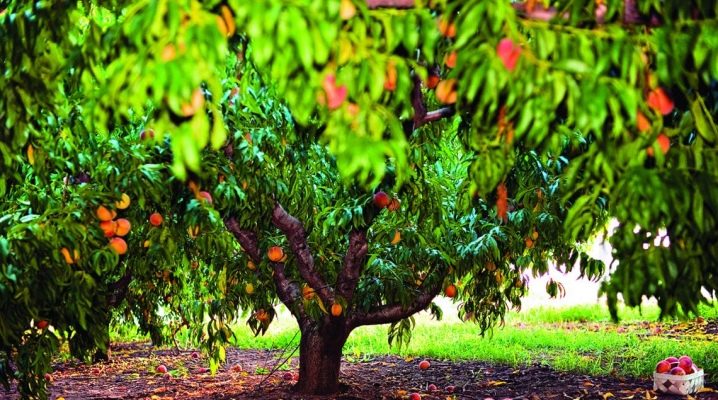
Delicious and juicy peaches are a combination of goodness and goodness in one product. To enjoy natural fruits grown in compliance with all standards, it is best to do this process with your own hands. Peaches are quite capricious trees, therefore, without proper care and timely pruning, they will give a weak harvest or wither away altogether.
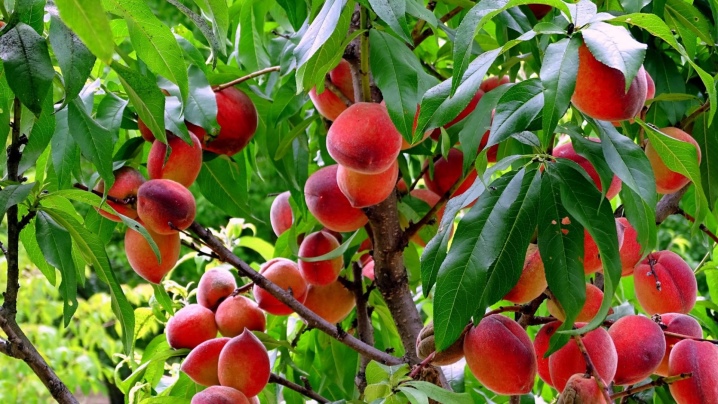
The formation of a tree, pruning of diseased and unnecessary branches are those important manipulations, thanks to which it will be possible not only to preserve the garden, but also to make it abundantly fruitful.
What is it for?
Peach is a tree with beautiful pink flowers that produces sweet, juicy and healthy fruits. This culture grows well in warm regions, as it can hardly endure severe frosts. Proper care is the key to healthy culture and active fruiting.
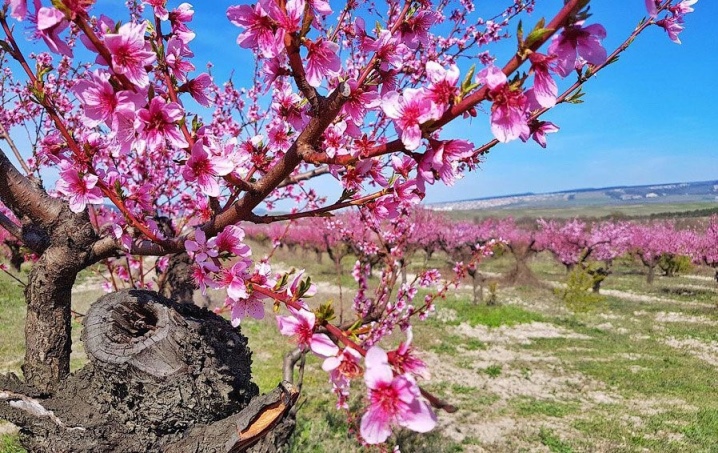
Thanks to the formation of a tree and pruning unnecessary branches, it is possible to solve a number of important issues:
- ensuring control over the height and dimensions of the tree, creating a decorative crown;
- access of the sun and air inside the tree;
- creating conditions for regular and high yields;
- improving the palatability of fruits and their size;
- an increase in the lifespan of a peach;
- disease protection and prevention;
- rejuvenation;
- preparation for the winter season and strengthening the immune system.
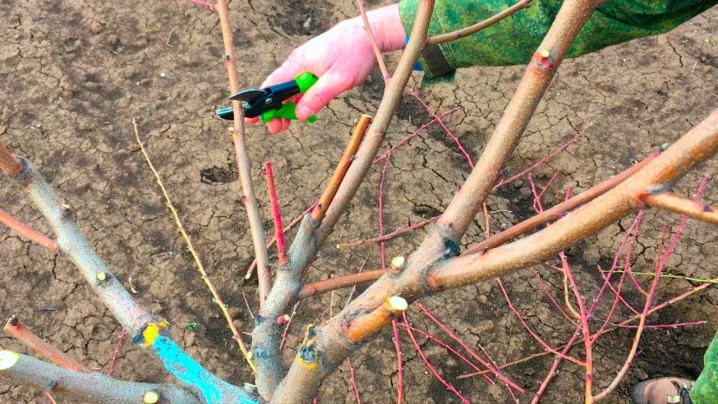
Peach pruning must be done correctly, otherwise you can damage the tree and not get a harvest. The winter hardiness of the culture, the activity of growth and development in spring, the quality of fruiting depend on these manipulations.
Timing
Peach pruning can be done in two ways:
- full, when the whole branch is cut;
- partial, the branches are shortened.
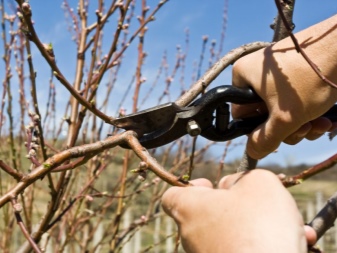
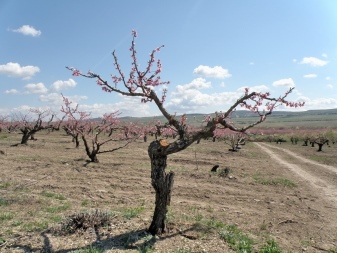
The timing of the procedure depends on the season. In the spring, work should start from the end of February, when the severe frosts subside and the trees are still sleeping. During this period, the branches are shortened, a wide, spreading crown is formed. Branches can be cut 1/2 or 1/3 of the length that grows in a year.
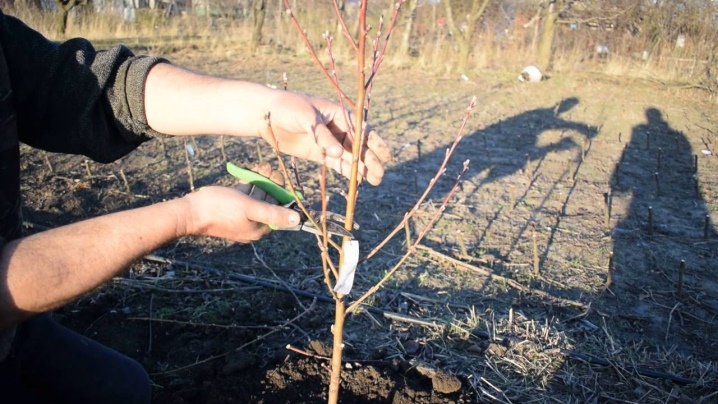
It is important to leave branches for fruiting that are already 2-3 years old.
Spring pruning can be done before summer. In May, the tree will begin to bloom, after which the formation of ovaries will take place, so as not to overload the peach, you need to cut off those branches that bloom weakly and will not give a good harvest.
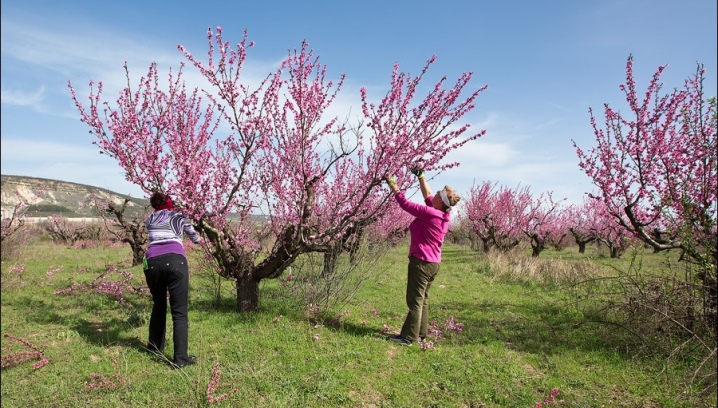
Summer pruning occurs in late June or early July. Those branches that grow towards the center of the tree or begin to dry out should be eliminated. By removing all that is superfluous, you can give the culture more resources for the formation of large and tasty fruits.
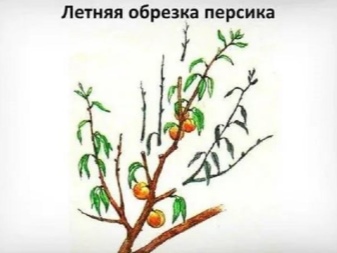
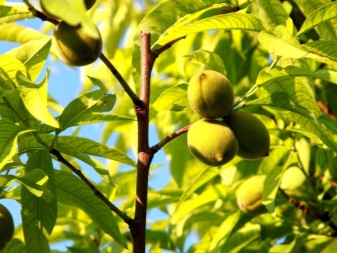
Autumn pruning runs from late September to late October. Cutting off unnecessary branches at this time is recommended only in regions with a warm climate, where frosts come only with the first months of winter. Thanks to the correct work with the peach, you can provide it with a safer wintering and active growth in the spring.
In addition to seasonal work, it is important to be able to trim the peach year by year. Immediately after planting, all shoots are shortened, which leads to an intensification of the growth of the culture, and the number of branches increases rapidly.
In the first year, it is recommended to cut 1/2 the length of the young branches and remove the excess ones. At this moment, the formation of the skeleton of a young tree is carried out.
In the second year, the procedure is completely repeated, which allows you to create the basis for good fruiting. From the third year, pruning changes significantly, the main attention is paid to pruning weak, dead or affected branches, shortening young shoots exceeding 0.5 m, and creating a base for the growth of a large number of young shoots, which will eventually yield a harvest. In subsequent years, pruning of excess branches is carried out according to the scheme of the third year of growth.
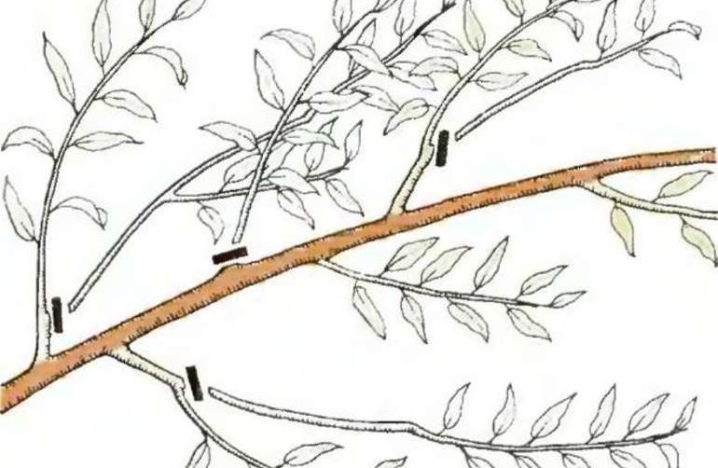
What tools are needed?
For convenient and quick pruning of trees, it is necessary to have specialized equipment that allows you to easily cope with branches of any thickness and height. A summer resident needs to have:
- secateurs with long handles;
- specialized garden knife;
- a hacksaw for working with wood, which has a thin and sharp blade;
- paint (or a special solution for treating tree cuts) and a brush for application.


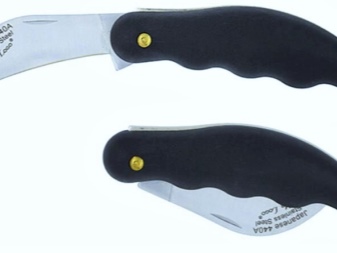
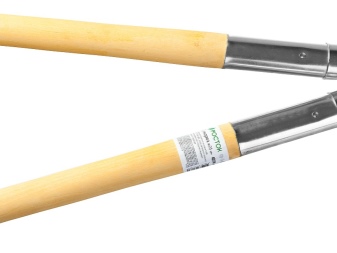
In order not to harm the tree and not to infect it, before any pruning, it is necessary to disinfect all gardening tools with alcohol or an alcohol-containing solution. For optimal results and a quick trimming process, it is important to keep your inventory sharp and sharpen on time.
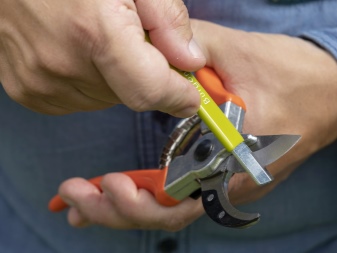

Views
Any crop needs care, especially if it is a fruit tree. One of the most important elements of caring for the garden is the formation of the crown of the trees and the creation of optimal growth conditions. To properly prune peaches, you need to know the main types of pruning and understand their purpose.
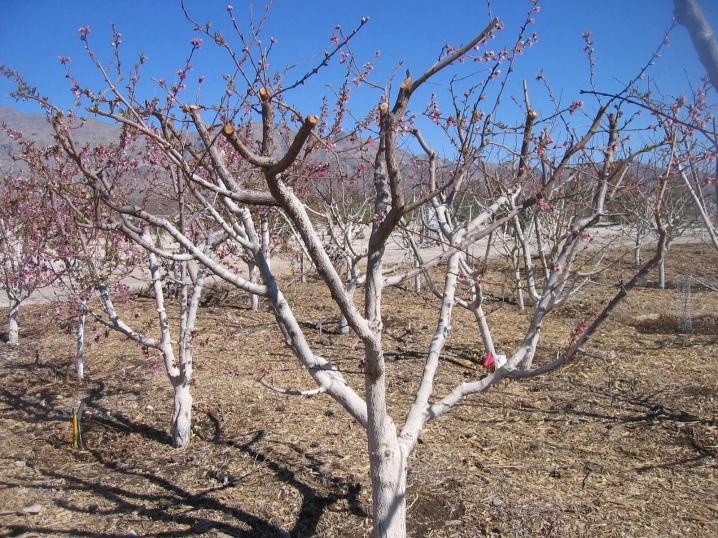
There are such varieties:
- economic - removal of damaged, sick, dried branches;
- restorative - removal of branches that are incapable of further growth, have not survived frost or broken by bad weather;
- detailed - allows you to carefully examine each branch on the tree, cut off unnecessary and shorten the main ones to enhance the growth of culture;
- outline - shortening and removing side branches, to restrain the growth of the tree in width;
- restorative-formative - carried out the next year after the tree is rejuvenated, all branches are shortened by 30-50% to obtain new fresh shoots, from which a new base will be formed;
- differential - removal and shortening of the upper branches so that the crown does not thicken.
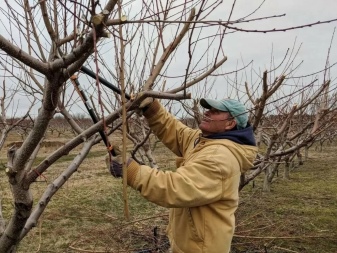
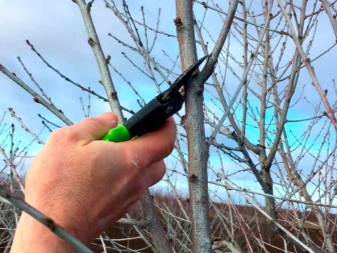
The first pruning of a peach is carried out at planting, all branches are significantly shortened, which allows you to get a massive increase in green mass by the next year. Young tree pruning is carried out annually, during the first three years its goals differ. Pruning an annual tree is essential to create the correct crown for the tree. This procedure is repeated for a two-year-old peach, but in addition to maintaining the correct skeleton of the plant, a groundwork is made for the formation of active fruiting. Starting from the third year, all unnecessary branches that do not give a crop are cut off, diseased, dry, growing down and inside the tree are removed.
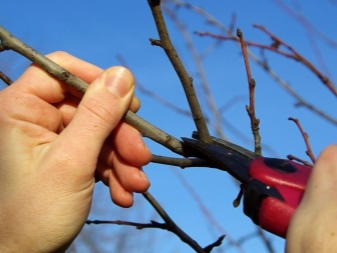
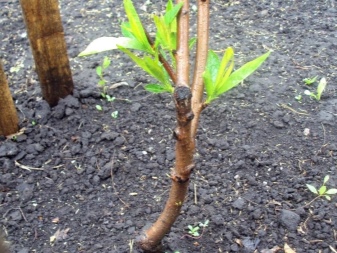
Pruning is also carried out for an adult tree, its main task is to rejuvenate the plant.
Formative
One of the first types of pruning that a summer resident should get acquainted with is formative. With the help of this procedure, it is possible to form the skeleton of a tree, stimulate the growth of the main branches and remove unnecessary ones. Thanks to such manipulations, the peach can direct nutrition to certain needs. In the first two years, this is the growth and development of culture, in the following years - active fruiting.
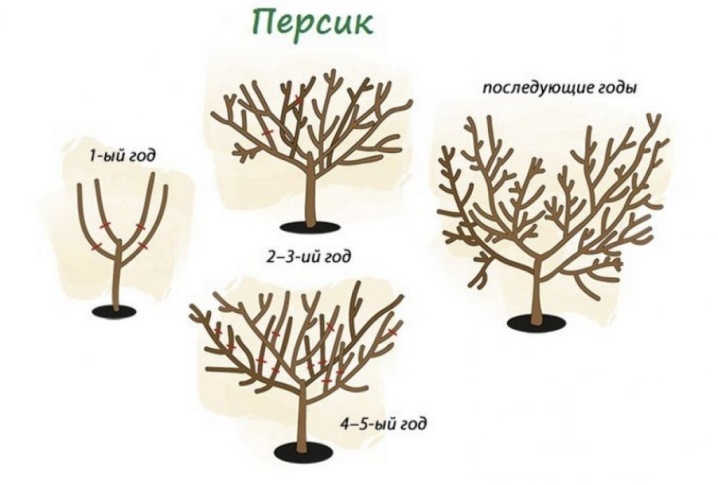
Peach shaping should be carried out according to certain criteria.
- After planting, the main branch is shortened if there are no lateral ones. If there are side ones, they need to be cut by 20-30%.
- Spring pruning of an annual peach requires the removal of excess side branches. It is necessary to leave 3-4 branches that will grow in different directions, their length is reduced by several buds. The central branch is completely cut off.
- On a two-year-old tree, the main branches are shortened, new shoots are cut off on them, leaving only 2-3 branches growing horizontally and located at a distance of 30-40 cm from each other.
- On a three-year-old peach, pruning is done in the same way, new shoots are revised, only the strongest branches are left, the rest are cut off, last year's shoots are shortened by several buds.
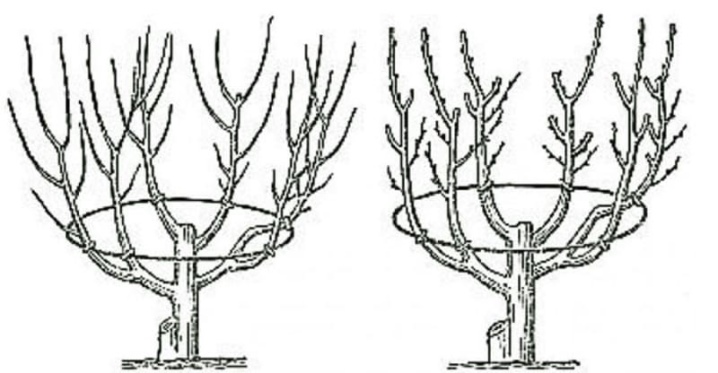
Due to the removal of a large number of branches, the peach is able to give all its strength to the fruiting process. Correctly pruned trees have larger fruits, their taste is much better than the taste of peaches from neglected plants.
Sanitary
Sanitary pruning is carried out in the spring, thanks to this procedure, you can remove unnecessary branches, which will be ballast for the crop in the new season.
It is necessary to completely remove branches in such cases:
- if there are traces of disease, fungi or parasites;
- not survived frost, frozen branches;
- improperly growing, twisted branches;
- branches that are directed downward or into the crown;
- everything that begins to grow below the main branch should be cut off immediately;
- branches that grow at an angle of 45º or more, such branches cannot support the weight of the fruit and break;
- "Tops", branches that grow vertically, they do not bear fruit, but only take the vitality of the tree.
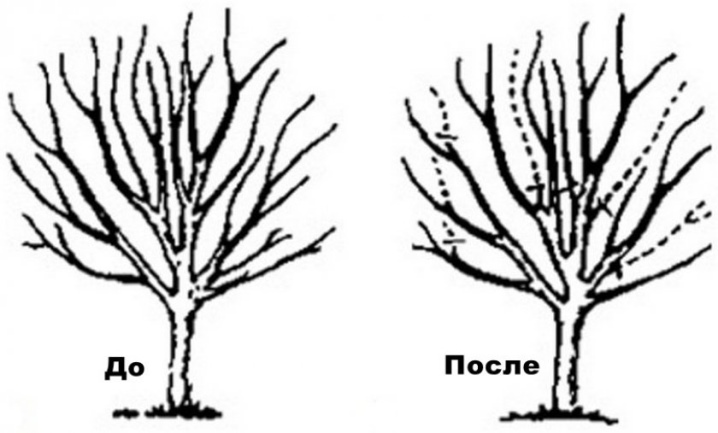
Having removed all unnecessary from the peach, you can expect that in the new season the tree will give a good harvest.
Rejuvenating
Peaches actively grow and bear fruit from 15 to 20 years, but if you regularly rejuvenate the tree, then this process can be extended to 25-30 years. To help an adult tree bear fruit regularly, it is necessary to rejuvenate 7-9 years after the first harvest.
The essence of this process is that branches that are more than five years old must be completely cut off. If the peach is healthy, then in one season you can remove from 1 to 2 main old branches. Rejuvenation is carried out for several years. During this period, instead of the old growth, a young one appears, it strengthens and over time is ready to bear fruit.
Summer residents are advised to remove only old branches, and not to cut off all young growth. If you remove all young growth from an old tree, then it begins to give “tops”, useless branches growing upward, which take away the strength from the peach and do not bear fruit.
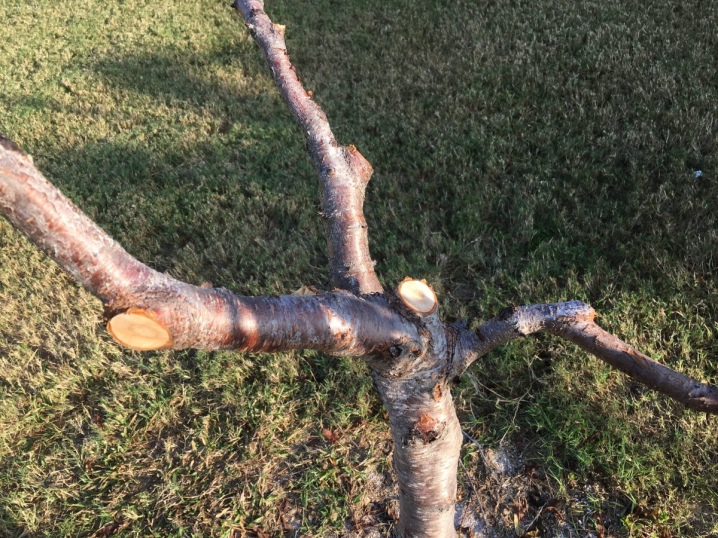
With proper pruning and proper care, you can feast on juicy fruits for several more years.
Regular
Peach care is carried out during the entire period of activity of the tree. Regular pruning and monitoring of the crop condition allows you to grow a healthy and strong plant that can delight you with a bountiful and tasty harvest.
In addition to pruning branches in the fall and spring during the season, it is also necessary to check the condition of the peach, removing diseased, damaged by pests or excess branches that interfere with the normal growth and development of the tree. With too active growth of the crown, the tree pays less attention to the fruits, therefore it is important to harvest everything that will not yield this year.
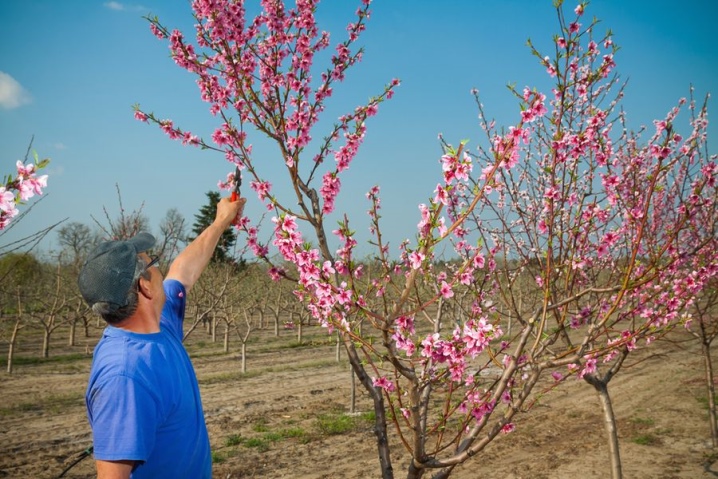
Schemes
Peach crown pruning has two main tasks.
- Practical. Allows you not to overload the plant and give you the opportunity to concentrate all your strength on fruiting.
- Aesthetic. Externally, a peach can look different, the choice of pruning method allows you to form the desired appearance of a crop that will not only bear fruit, but also please the eye.
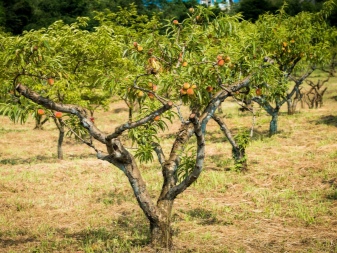
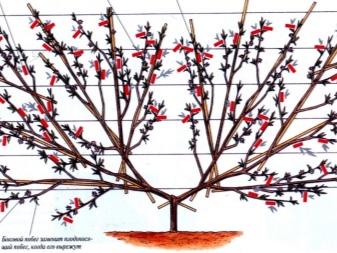
To determine the pruning scheme, you need to familiarize yourself with all of its options.
Cupped
This option is the most common and can be used in any climate. Thanks to correct pruning, the tree has the opportunity to receive sunlight evenly and to be well ventilated.
The process of tree formation must be started immediately after planting. The process looks like this:
- a year after disembarkation, the top is cut off;
- 2-3 main branches are left on a two-year tree, the rest is removed;
- on a three-year-old tree, up to 5 shoots are left on the main branches, the rest are cut off;
- in the future, it is necessary to remove unnecessary branches, to make sure that the top does not grow and the plant is not overloaded.
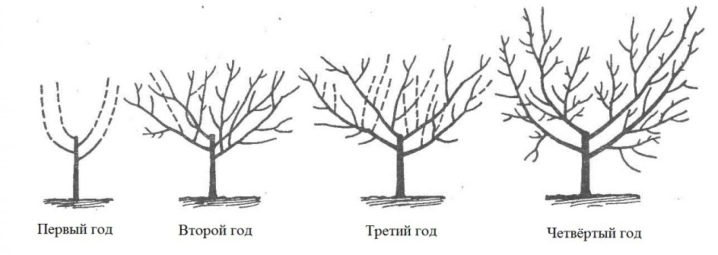
By properly pruning a peach, you can get a beautiful, fruiting tree.
Grape
In those regions where the climate is cold and in winter there are severe frosts that are detrimental to the peach, the only possible option is the grape or bush pruning method. To prevent the tree from growing high up, it is cut close to the ground in the first year after planting. In each subsequent year, new shoots will appear, on which the main branches are left, but are shortened 15-20 cm higher than the previous ones. This method allows you to restrain the growth of the tree and form a kind of bush that is easy to cut and cover for the winter.
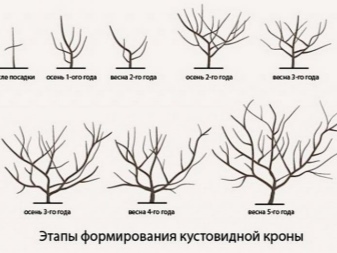
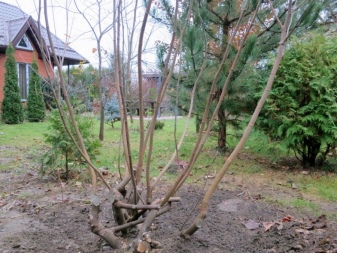
Columnar
Columnar pruning is most popular with farmers who grow whole orchards of these fruits. Due to its small size, more trees can be placed on the site and a significant harvest can be obtained from them. Columnar peach pruning is carried out all season: spring, summer and fall. There are recommendations for each period.

The main task of the procedure is to control the height of the tree, prune most of the side branches and significantly shorten the main ones that will bear fruit.







The comment was sent successfully.